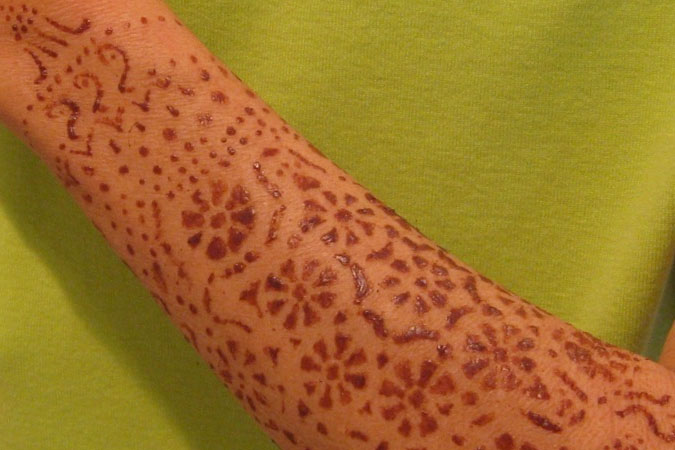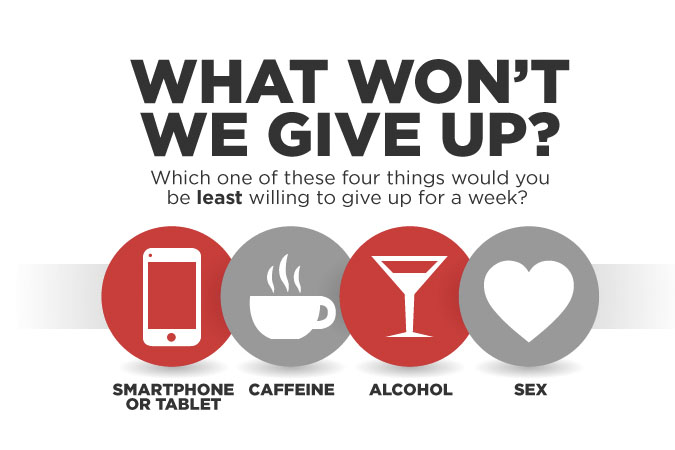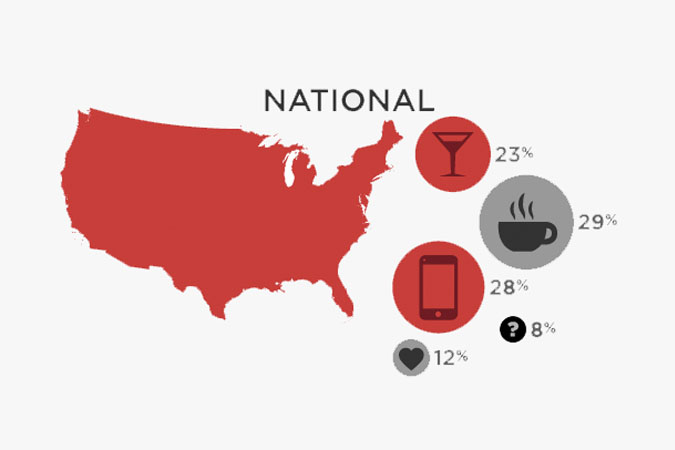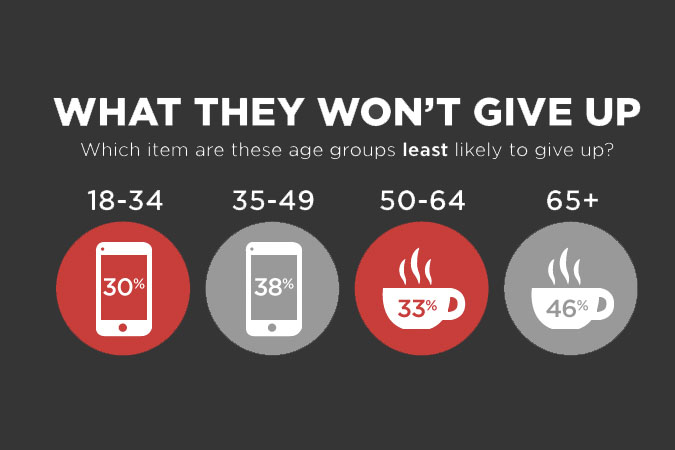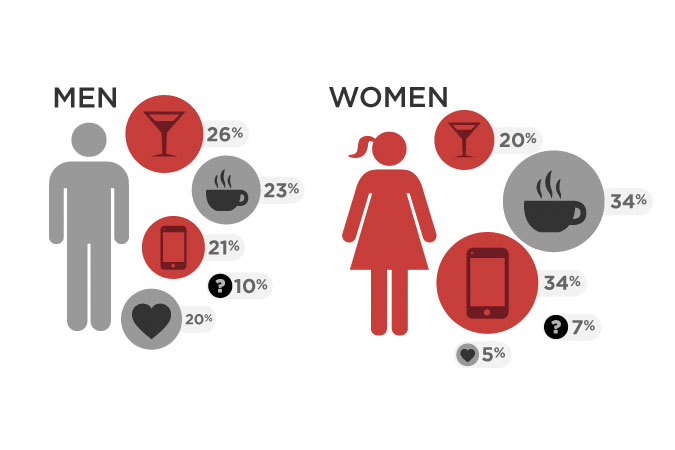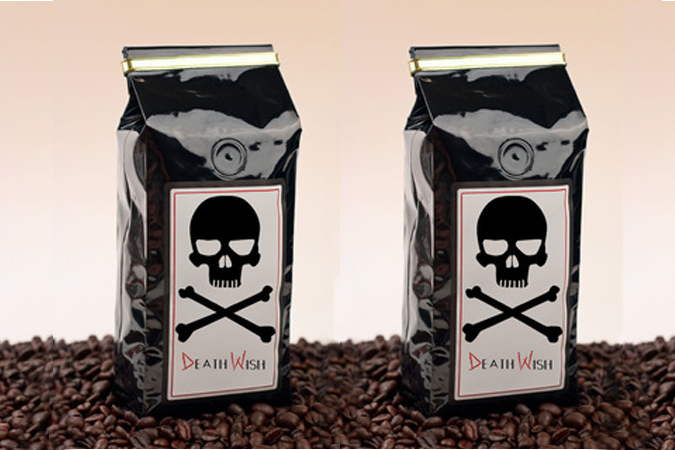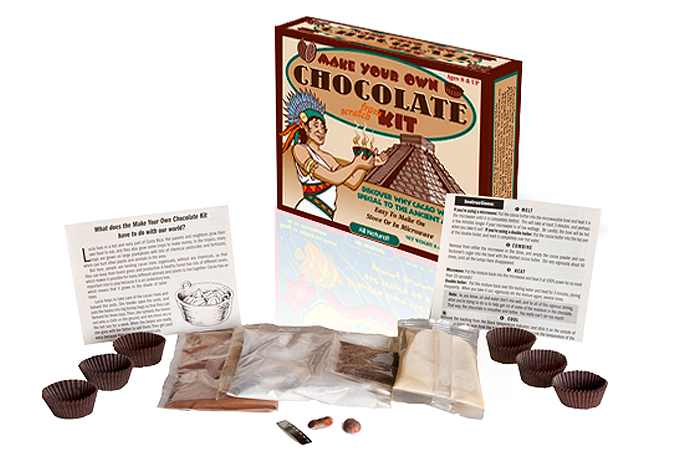Go Bollywood this weekend: The Mehndi Cocoa Paint design shown here uses a doily as a stencil, with added flourishes from a paintbrush.
Mehndi skin designs predate Bollywood by a few centuries, dating back to ancient India as a ceremonial art form of body painting. Brides and grooms are adorned with intricate mehndi patterns and symbols, usually on hands, palms, and feet. It’s also worn for festivals and other special occasions in countries stretching from the Sudan to South Asia.
Today, mehndi is a chic fashion statement in the Western world and a trendy alternative to true tattoos; it’s been flashed by Madonna, Sting, Prince, Erykah Badu, and models on magazine covers ranging from Cosmopolitan to WIRED. (Rubina Ali, child star of the movie Slumdog Millionaire, wore mehndi-painted hands to the Oscars.)
Mehndi (or mehendi) is made from henna, a type of plant, and though the stain isn’t permanent, it will last for weeks. The traditional color is a reddish brown, though black mehndi made with toxic additives is also sold.
Mehndi Cocoa Paint
This kitchen version of mehndi is safe, nontoxic, and nonpermanent. It doesn’t stain like real henna because it’s made of egg yolk, cocoa powder and molasses (for elasticity). It rinses off with soap and water, and while not waterproof, it does resist a light rinsing in water. (Anyone who’s ever tried to clean dried egg off a plate knows the sticking power of egg yolk.)
For best results, apply it to smooth skin areas that won’t be getting wet for a while: around the ankles, upper wrists and arms (not on palms), cheek, as an armband or necklace, or as a shoulder tattoo. It should last several hours, long enough for a night on the town or an all-day wedding.
Ideas: Ocelots, leopard, tiger and zebra prints. Paint a wild pattern using Mehndi Cocoa Paint – for a fab fashion statement or a Halloween costume that’s literally skin deep.
Tips
• Remove any clumps or thick strands from the egg yolk, for a smooth consistency.
• A thick mixture leaves a slightly raised texture, which may be desirable. But don’t dab it on too thickly, or it will crack off. Thin with a drop of water if it thickens while standing.
• Dab on fine dots with the point of a skewer or fork tines, or paint on with a very fine brush.
• Wash the mixture off with soap and water; it’s not waterproof, but will resist a light rinsing.
• Use pre-made stencils or cut your own from plastic or paper. Doilies make great stencils. Use masking tape to hold them in place.
• This recipe makes enough for one fully designed arm, and may be doubled or tripled.
Basic Tools & Equipment
Small bowl
Small fork
Fine paintbrush
Masking tape and paper doily (optional)
Fine sponge (optional)
Ingredients
1 tablespoon egg yolk
1/2 teaspoon water
1 teaspoon molasses
2-1/2 teaspoons cocoa powder
Instructions
1. In a small bowl with a small fork (like a cocktail fork), beat the egg yolk with the water. Remove any thick clumps of egg yolk. Beat in the molasses and cocoa powder, stirring until smooth. The cocoa powder may resist dissolving, but keep stirring. The mixture will be syrup-like, and will thicken as you use it.
2. With a fine paintbrush, apply designs to dry skin. Or, with masking tape, secure a doily (or stencil) around the wrist or arm; rinse a fine sponge and squeeze dry. Dab the paint over the doily. Allow a few minutes for the design to dry thoroughly.

